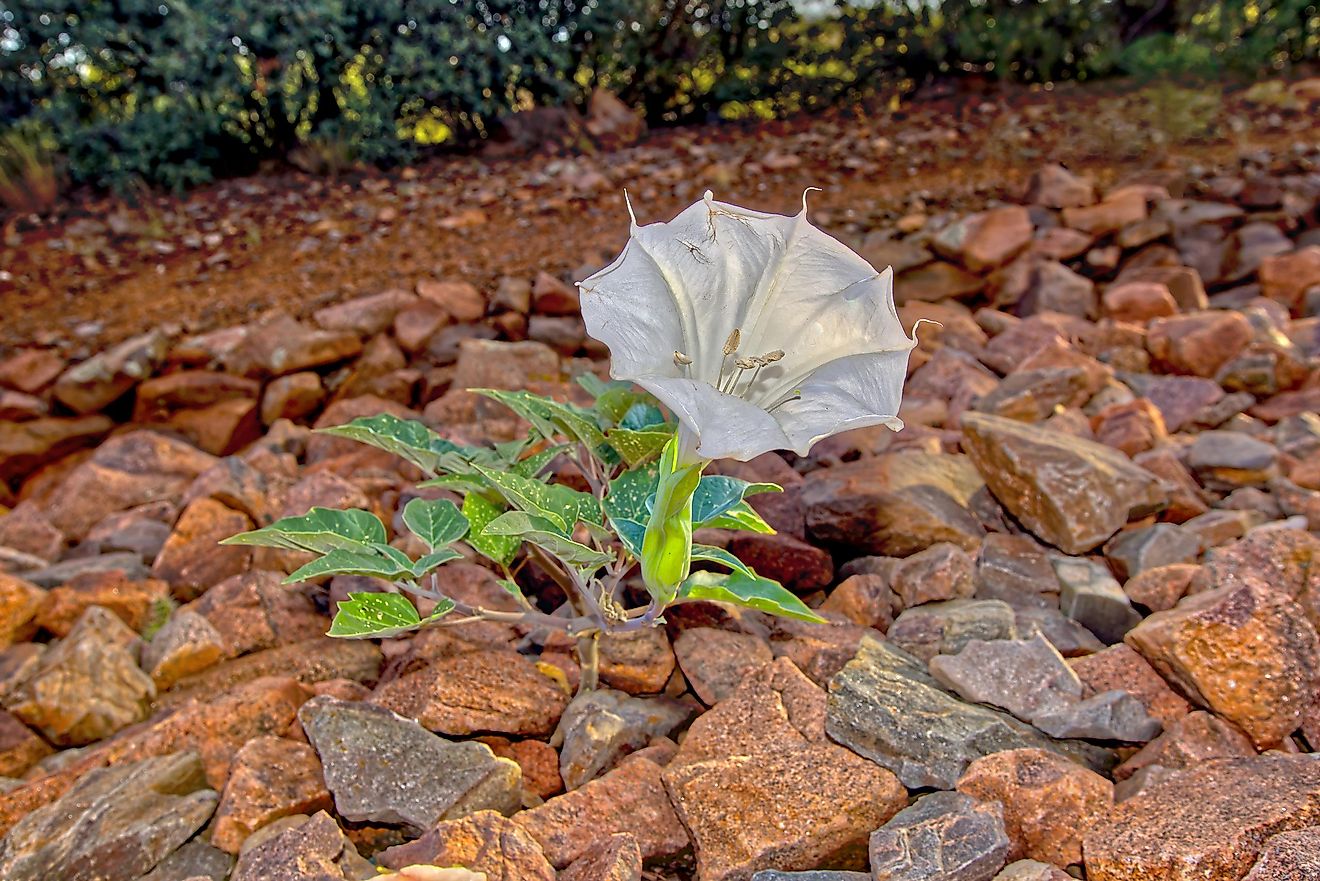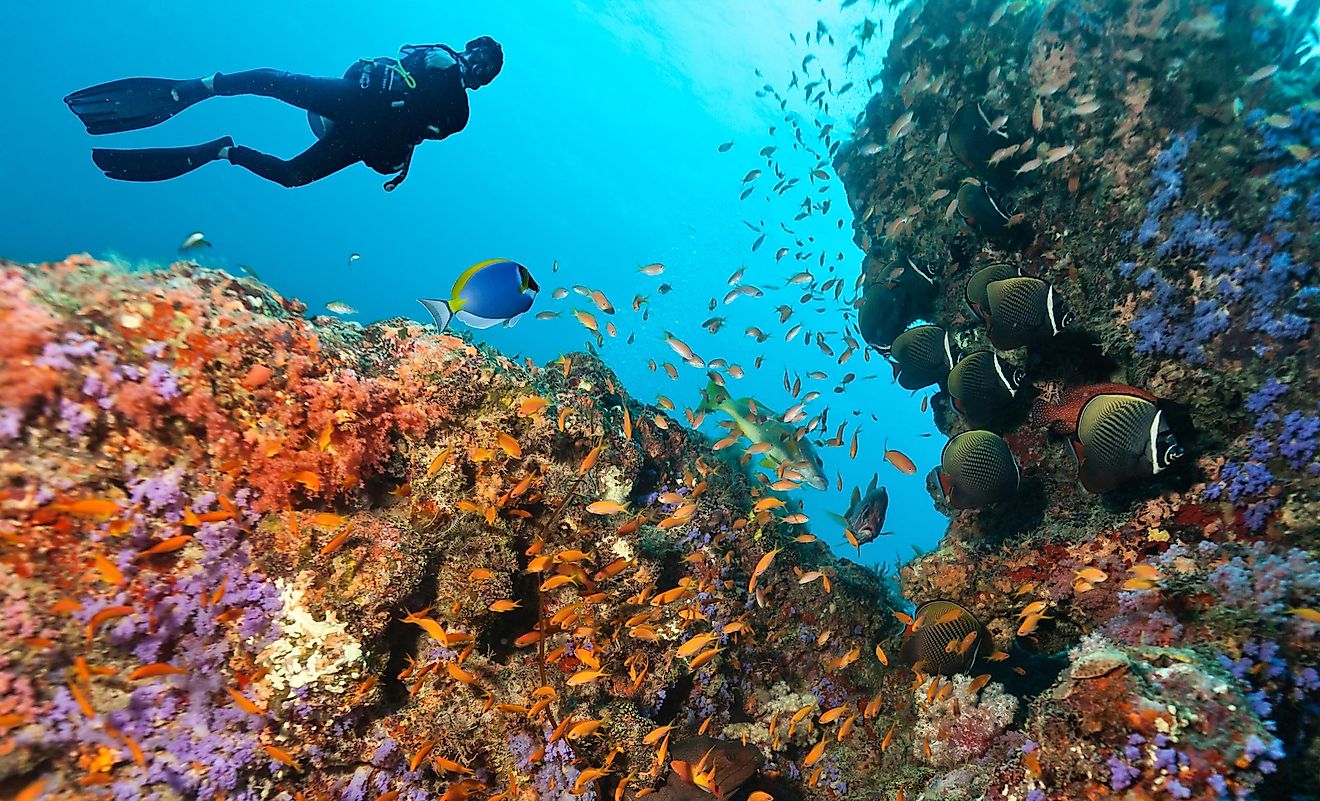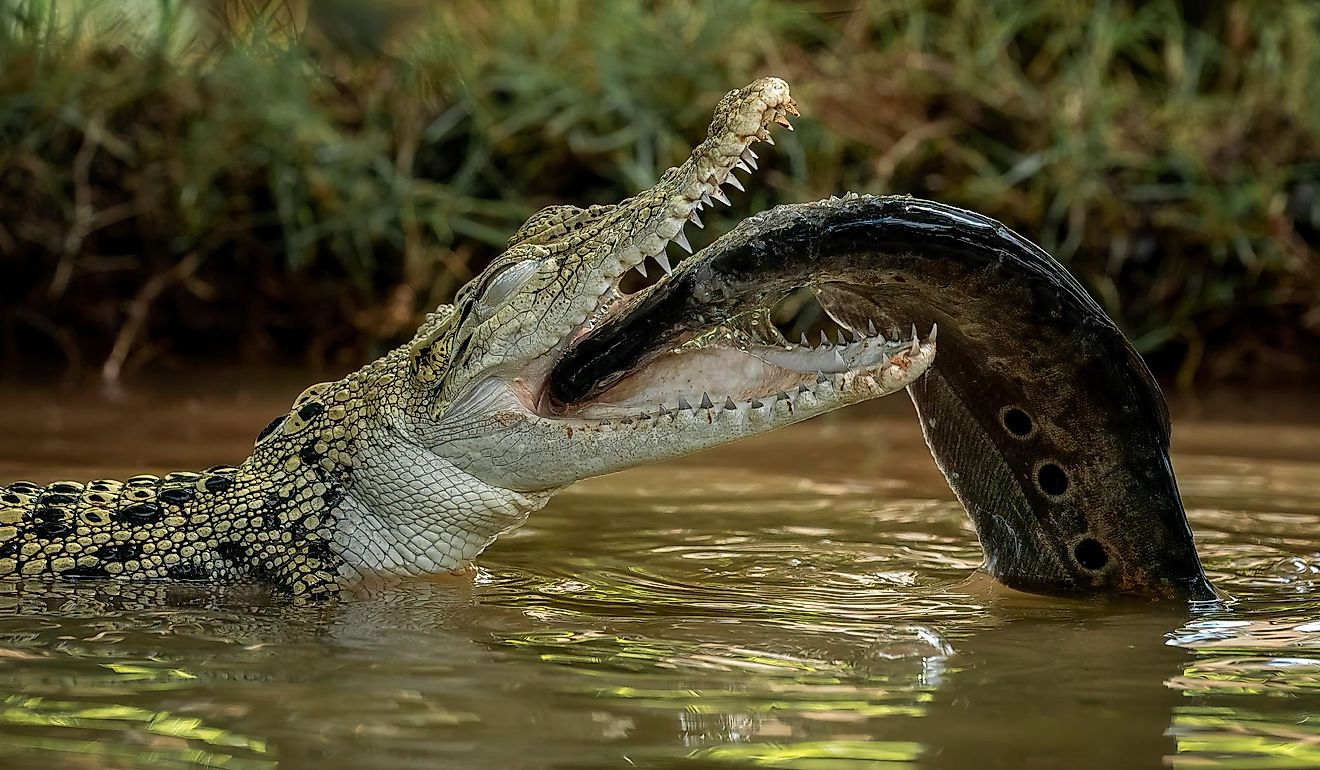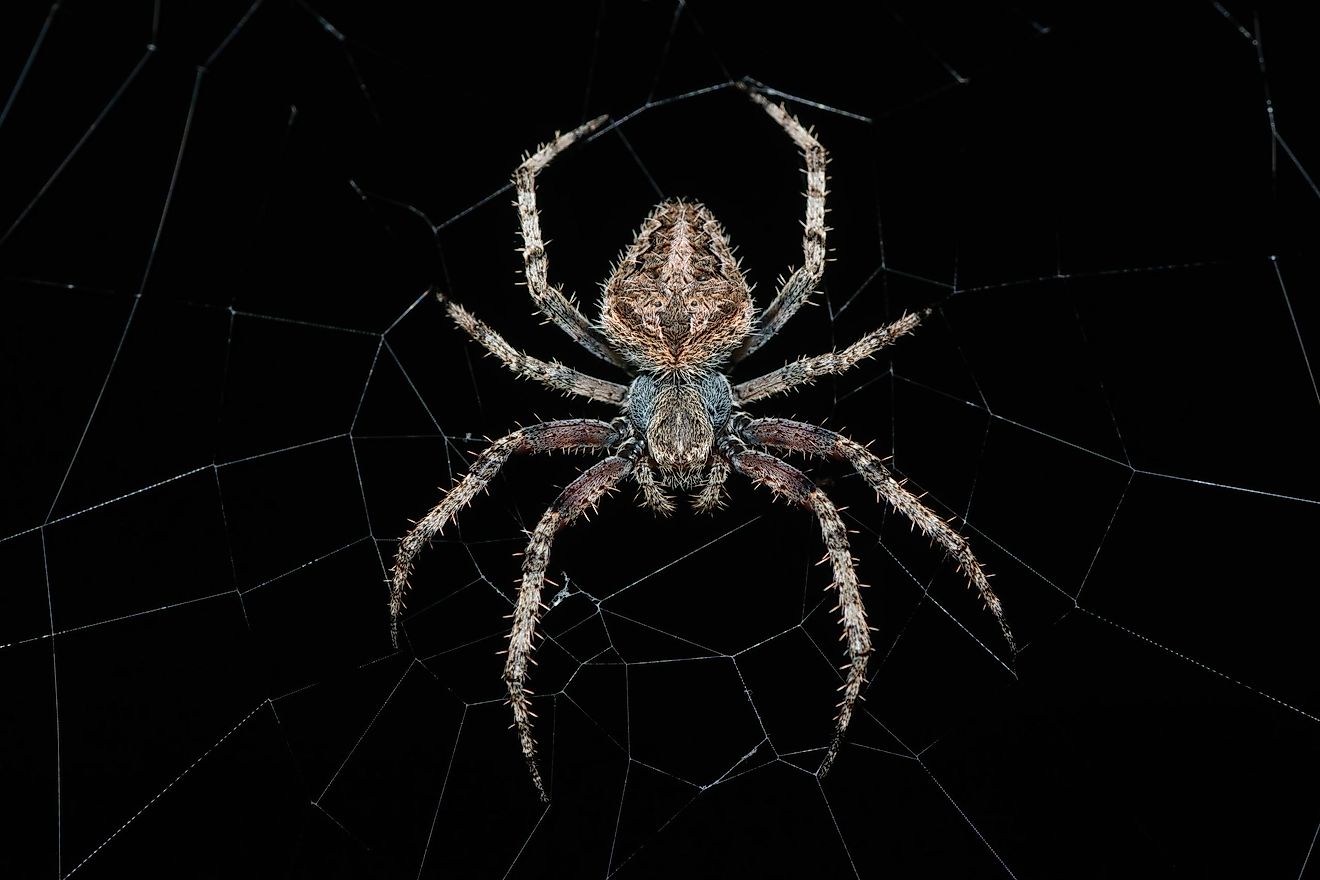
Are There Copperhead Snakes In The Everglades?
The Everglades is an untamed habitat in the southern reaches of Florida. With 2,357 square miles of freshwater marshlands, swamps, and thick grassy vegetation, this National Park/ UNESCO World Heritage Site/International Biosphere reserve/Wetland of International Importance is a haven for many species of snakes - some native, and some (as we shall see) invasive. Though the copperhead is widely distributed along the eastern seaboard and into the heart of the United States, Florida (with the exception of the western panhandle) is the standout omission to its domain. Nonetheless, the Everglades has a long history of harboring escaped (or purposely-released) exotic serpents, and so anything is possible. Let's learn more about the copperhead and the Everglades and see if the two might one day mix.
A Bit About The Copperhead

The eastern copperhead (Agkistrodon contortrix), aka southern copperhead, is a moderately long (i.e. 24-40 inches) and hefty venomous snake with a triangular head, elliptical pupils, and dark, hourglass-shaped crossbands across its tan or brown/reddish-brown body. Copperheads give birth to live young - anywhere from 1-21 per clutch. Juveniles initially possess a bright yellow tail that acts as a lure for small prey, but as their hunting skills develop with maturity, this standout feature fades.
Being a member of the pit-viper (Viperidae) family, copperheads utilize heat-sensing facial pits to detect both predators (i.e., birds of prey, other snakes, coyotes, and opossums) and prey (i.e., amphibians, other snakes, rodents, birds, and large insects). Though the hemotoxic venom is devastating to such small animals, it is rarely fatal for humans (though a bite is still likely to be a painful experience). With that said, children, the elderly and/or immunocompromised, and small pets are at risk of serious harm if struck by a copperhead. Thankfully, copperheads are not an aggressive species. Bites typically occur when they are accidentally stepped on or intentionally aggravated. Regardless of the circumstances, everyone should seek immediate medical attention if bitten by what appears to be a copperhead (or any venomous or nefarious-looking snake, for that matter).
Copperheads In Florida

Copperheads enjoy massive distribution in the United States - covering much of the eastern and central portions of the country in habitats ranging from woodlands to swamps, caves, suburban zones, and even rocky hillsides within mountainous areas. Its two standout territory omissions are south-central Georgia and the vast majority of Florida.
The only region of Florida with native populations of copperheads is the Panhandle (i.e. the northwest). Specifically, they tend to stick to the Apalachicola River Basin and the northwesternmost tip of the state. Individuals have been documented in the following counties: Santa Rosa, Okaloosa, Liberty, Jackson, Gadsen, Escambia, and Calhoun. As for local habitats, Floridian-based copperheads seek places with ample forest debris (i.e. fallen leaves, branches, and logs) within shady hardwood forests.
What Venomous Snakes Live In The Everglades?
There are 23 native species of snakes found in the Everglades - four of which are venomous, but none of which are the eastern copperhead (though there is one lookalike). Here are the species to watch out for:
Florida Cottonmouth

The Florida cottonmouth (Agkistrodon conanti), aka "water moccasin," is another species of pit-viper that resembles the eastern copperhead in size and (sometimes) coloration. Therefore, despite its semi-aquatic nature (cottonmouths seek shallow and slow-moving waterways), its presence in the Everglades sometimes stokes the suggestion that copperheads may too lurk in this exceptional ecosystem. Juvenile cottonmouths, in particular, are commonly misidentified as copperheads.
Eastern Coral Snake

The eastern coral snake (Micrurus fulvius) is elusive yet unmistakable. Even though it is covered in ostentatious bands of black, yellow, and red, it prefers to hide beneath foliage or even underground. While this is the most venomous species in North America, human fatalities are almost non-existent, given the extreme rarity of bites. Nonetheless, if you find yourself moving through the Everglades' wooded habitats, it is best to wear boots and be mindful of where you step.
Rattlesnakes

Two species of rattlesnakes (yet more examples of stateside pit-vipers) make their home in the Florida Everglades: the dusky pygmy rattlesnake (Sistrurus miliarius) and the eastern diamondback rattlesnake (Crotalus adamanteus). The former is small (i.e. two to three feet in length) but aggressive, with a gray body, dark dorsal spots, and white ventral specks. The latter is not only the largest species of rattlesnake but the largest venomous snake in the United States (i.e. upwards of eight feet). With that said, it is not particularly aggressive (relying instead on its namesake warning system to deter perceived threats). As its common name further suggests, the body of this rattlesnake is covered with dark-colored diamond patterns.
Invasive Snakes In The Everglades

No conversation about snakes in the Everglades is complete before acknowledging the extraordinary issues surrounding invasive species. Whether because of accidental release (such as when Hurricane Andrew destroyed a python breeding facility) or the intentional release of exotic pets (historically a major industry in Florida), several dominant and potentially dangerous species of snakes have established breeding populations within the national park.

Famously, or rather infamously, hundreds of thousands of Burmese pythons (Python bivittatus) have overtaken the subtropical ecosystem since the first recorded sighting in 1979 - with devastating ongoing impacts. Another of the world's largest snakes, the anaconda (both green and yellow), has also set up shop in southern Florida, albeit to a lesser degree. Finally, even a handful of cobras have been spotted near the Everglades.
Final Thoughts
Given the immensity and density of the Florida Everglades, combined with the unfortunate history of invasive snakes within this vital but delicate region, it would be difficult to ever rule out the presence of copperhead snakes. One thing is for certain, this species is not native to the area, and so if it were to one day be documented, it would only be as a result of artificial introduction. For the time being, a stable population of copperheads is not known to exist within the Everglades.







